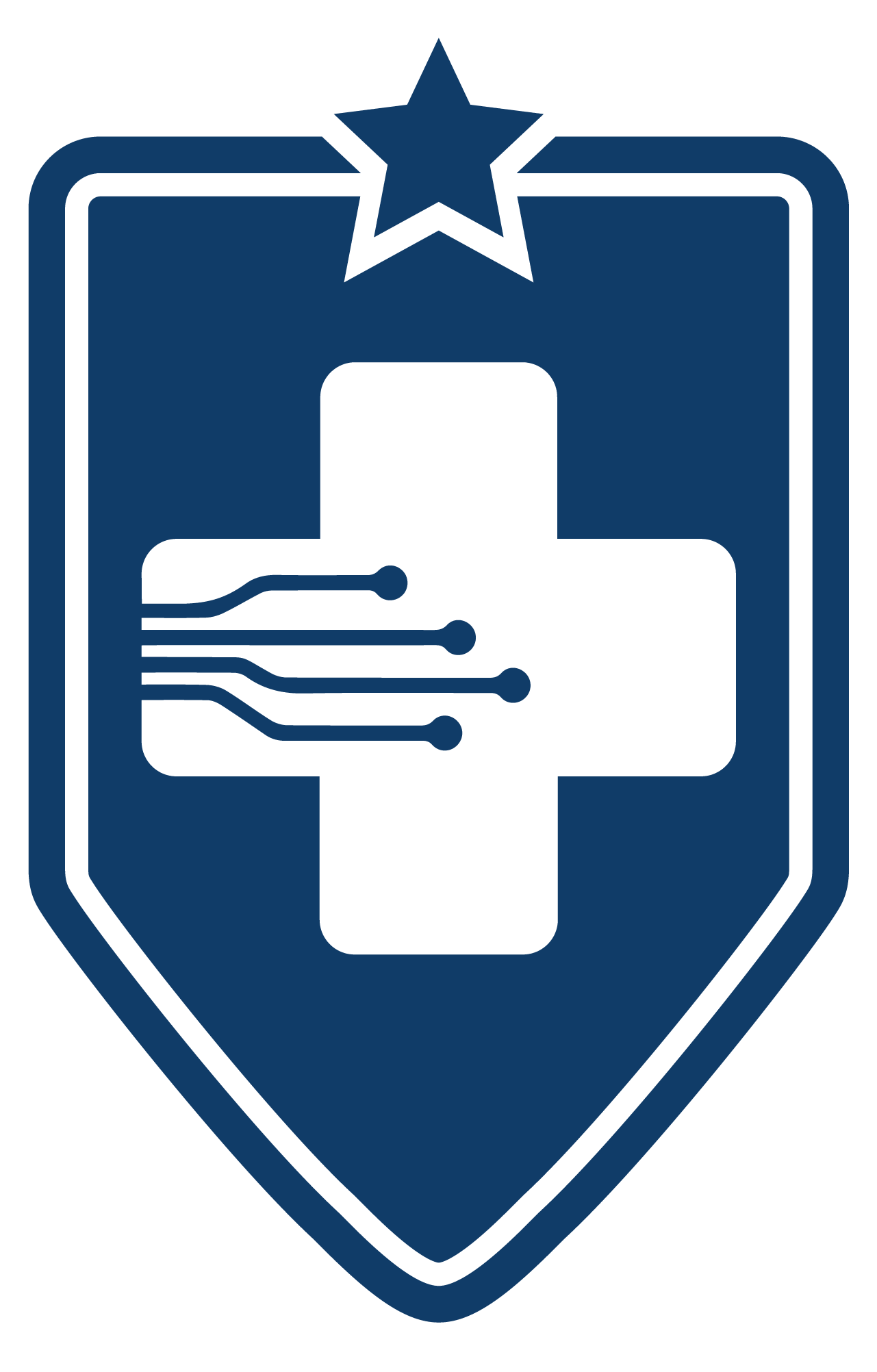
988 Suicide and Crisis Lifeline
988 Suicide and Crisis Lifeline
Launching and improving access to 988
About
Challenge
In 2020, the U.S. saw one death by suicide every 11 minutes. That same year, Congress designated the new three-digit dialing code of 988 to direct to the existing National Suicide Prevention Lifeline beginning on July 16, 2022. This is a first step toward a transformed crisis care system in America.
The 988 Suicide and Crisis Lifeline offers 24/7 access to trained crisis counselors who can help people experiencing mental health-related distress and their loved ones in all states and territories. Studies have shown that after speaking with a trained crisis counselor, most 988 Lifeline callers are significantly more likely to feel less depressed, less suicidal, less overwhelmed and more hopeful.
With the easier-to-remember number, SAMHSA projected at least a 25% increase in volume across calls, chats, and texts. Given the existing 1-800-number was underperforming in answer rates, the Biden-Harris Administration increased federal investments 18-fold (from $24M to $432M) for this national priority.
This increase in funding went to shore up the national back-up centers, chat and text centers, and state programs. With the funding only reaching centers two to six months before the July transition, SAMHSA had to find fast, high-impact areas to improve service levels to meet the projected demand.
Solution
Members of the Digital Services at CMS (DSAC) team embedded with the SAMHSA 988 team to improve nearly all aspects of the 988 system. The team:
- Prepared data and created visualizations to make sure that SAMHSA and HHS leadership could make data-informed, responsive decisions to increase 988’s performance
- Ensured that the 988 technology was able to handle the projected volume increases and set an ongoing system security monitoring process through a partnership with the Cybersecurity Infrastructure Agency (CISA)
- Organized national forum to examine geolocation needs and feasibility for 988–including privacy experts, people who have experienced crisis, and people from communities more at risk of violence, in addition to traditional partners
- Conducted a discovery sprint to identify methods to quickly hire and activate a workforce of trained crisis counselors
- Created a simple web page with a list of the 200+ call centers’ hiring pages for people interested in 988 jobs
- Worked to build hiring pipelines with partners such as AmeriCorps and community colleges to recruit new crisis counselors
After the launch of 988, DSAC team members continued to collaborate with SAMHSA to:
- Improve accessibility of 988 for mobile users who use screen readers or voice assistants across Android, iOS, and Samsung devices
- Developed recommendations to improve the handoff of calls between 988 and 911 and convened partners from across the mental health, emergency services, and telecommunication fields to begin implementation
- Conducted user research to improve the interactive voice response system that directs the 988 calls to ensure those calling the Lifeline have a welcoming experience and are able to get help as soon as possible

“I have spent my career working in health and public health and never have I seen a group of people as dedicated to their work as the people who work in suicide prevention – it is unreal.” - DSAC Designer
“It was amazing to see how much it meant to them, how hard they were working, how they were finally getting some momentum for this work that they’ve been pushing along for so long. I mean, some of them have been working in this field for over 30 years. It was just inspiring. I felt like a little speck of dust trying to amplify their voice and help them implement the program the best way possible.” - DSAC Designer
Impact
“Having this number may not seem too important to us adults, but kids today will grow up knowing this number. Knowing that there’s someone to listen to day and night. Someone to help.” - SAMHSA partner
- In the first year of 988, the Lifeline received over 5 million calls, chats, and texts in English and Spanish–an increase of 2 million over the previous year with the 1-800 number
- From May 2022 to May 2023, call answer rates increased from 70% to 93%, text answer rates from 82% to 98%, and chat answer rates from 46% to 98%--all with a soaring volume
- Response time dropped from 2 minutes and 20 seconds to 35 seconds
- In the first year of launching the jobs page, there were over 200k page views
- The improvements in the automated voice answering system resulted in an estimated 36,000 calls being answered over 12 months
- Three major operating systems are working with SAMHSA to improve accessibility and have created the communication pathways for more updates in the future
